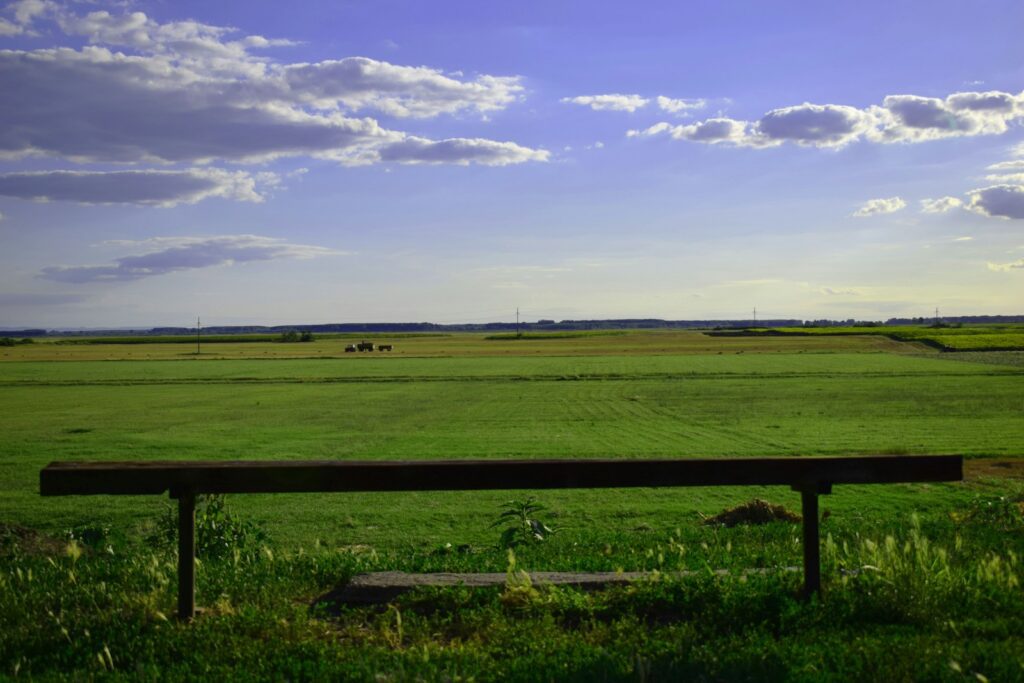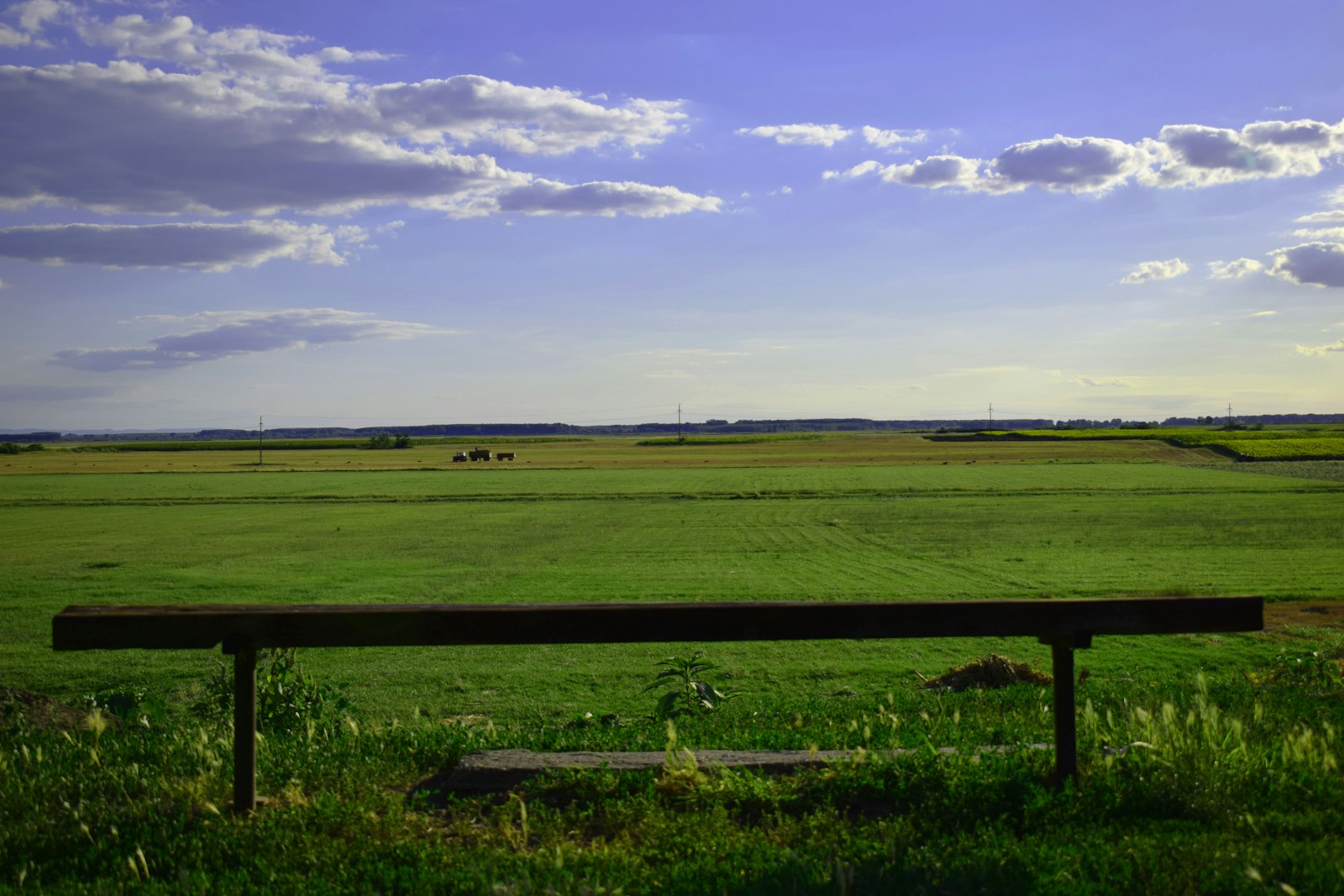Raw Vacant Land Must Know Basics

Purchasing raw vacant land can be an exciting investment, whether you’re planning to develop it, hold onto it as an appreciating asset, or simply enjoy the freedom of owning land. But buying land is a unique process that involves its own considerations and research, so it’s essential to approach it with a plan and take the right steps to protect your investment. Here’s everything you need to know to make a wise purchase, from understanding title searches to ensuring proper zoning and access.
Start with an Acquisition Source
One of the easiest sites for acquisition is RuralVacantLand.com, a site dedicated to connecting buyers with rural properties across the United States. It’s a user-friendly resource for finding unique parcels of land, often at accessible prices. But even when buying from a reputable site, doing your due diligence is a must. Raw land purchases come with specific risks, so it’s essential to verify all details and take steps to ensure that what you’re buying is exactly what you expect.
Due Diligence Checklist
Due diligence is critical in any land purchase, and taking these steps will help you avoid complications and surprises:
- Get a Title Search: A title search is essential to confirm that the land has a clear title. Some properties may come with liens or unpaid property taxes and encumbrances that you would become responsible for as the new owner. Verifying this information through a title search or the local county clerk’s office will help you avoid unexpected financial obligations after purchase. This search also ensures that the seller has the legal right to sell the property. A clear title gives you peace of mind and protects your ownership rights, while any issues should be addressed before moving forward.
- Hire a Professional (Realtor or Attorney): If you’re new to buying land, it’s wise to consult with a local real estate agent or attorney who specializes in land purchases. They can help you interpret zoning laws, review title details, and identify any red flags you may miss. A professional’s guidance can be invaluable, especially if you’re buying in an unfamiliar area or negotiating specific terms.
- Confirm Zoning and Restrictions: Every piece of land comes with zoning laws and potential deed restrictions that determine how it can be used. Before buying, review the property’s zoning status to make sure it aligns with your intended use, whether that’s building a home, farming, or something else. Some properties may have additional restrictions imposed by local authorities or homeowners’ associations, so it’s essential to confirm these as well.
- Check for Flood Zones: Use FEMA flood maps to determine if the land is in a flood-prone area, as this can affect both development plans and insurance requirements. Flood-prone land may be subject to restrictions or require costly insurance, so knowing this information up front can help you budget accordingly.
- Conduct Perc and Soil Tests: If you’re considering adding a septic system to the property, check that the land is suitable by conducting a perc (percolation) test. This test evaluates the soil’s drainage capability and is often required by local health departments for septic approval. Additionally, understanding soil quality is essential for any future agricultural plans.

Key Considerations
When buying raw vacant land, accessibility is a crucial factor. Ensure the property has direct road access – either through a public road or a deeded easement. Landlocked properties, or those without established road access, can create significant complications if you need to negotiate access rights with neighboring property owners or if you plan to resell the land. Additionally, consider the availability of public utilities such as water, electricity, and sewer. While raw land might not have these hookups, knowing where the nearest utility lines are will give you a clearer picture of what it might take to bring services to the property if you decide to develop it.
Another key factor is the long-term value potential of the land. Research the area’s development trends to understand how future growth could impact property values. Proximity to expanding towns, schools, or commercial developments can increase appreciation potential over time. Conversely, if the land is in a remote or rural area, it could still hold strong value for specific buyers, but it may experience slower growth. Define your investment goals, whether it’s holding the land long-term, selling after a few years, or developing it, and look for a property that matches your vision and timeline.
Lastly, check for any environmental or conservation restrictions that might affect your plans. Some areas have regulations to protect wetlands, wildlife habitats, or unique soil conditions, which can limit activities like building, farming, or clearing trees. Understanding any environmental restrictions in advance will help you avoid surprises and could even present unique opportunities. For instance, conservation-focused grants or tax incentives may be available if you choose to preserve certain natural aspects of the land.
The Takeaway
Buying raw vacant land can be a fulfilling investment if approached with thorough planning and research. By beginning with a trusted platform like RuralVacantLand.com and following a detailed due diligence checklist, you can avoid common pitfalls and make an informed purchase. From confirming a clear title and understanding zoning to ensuring accessibility and environmental compliance, each step you take will protect your investment and set you up for success. With careful planning and a clear vision, your new land can become a valuable asset, ready to serve your goals today and in the future.

Hello.
Good cheer to all on this beautiful day!!!!!
Good luck 🙂